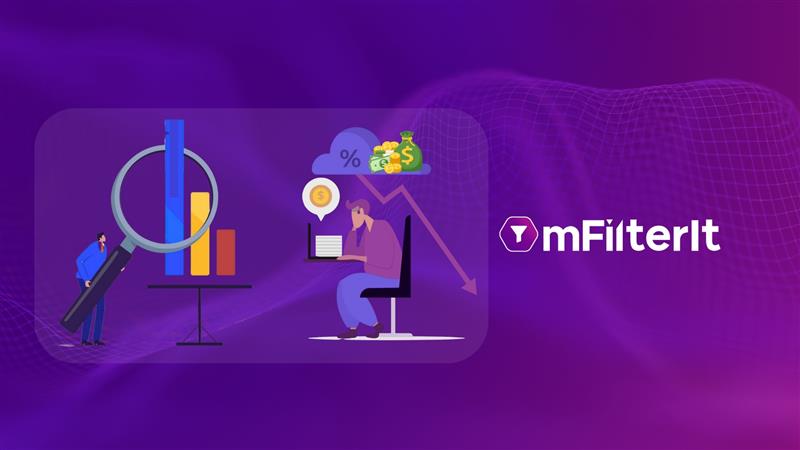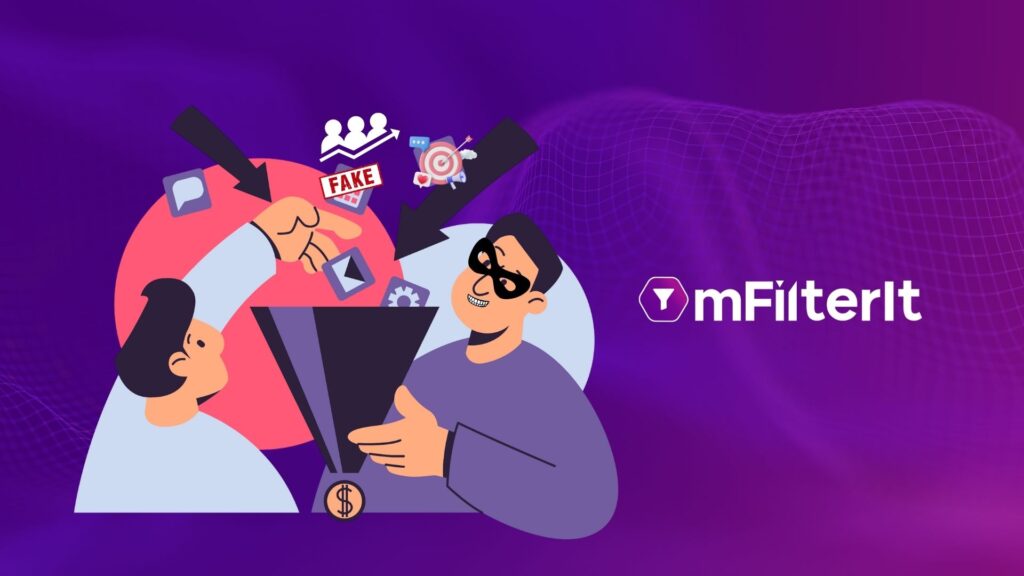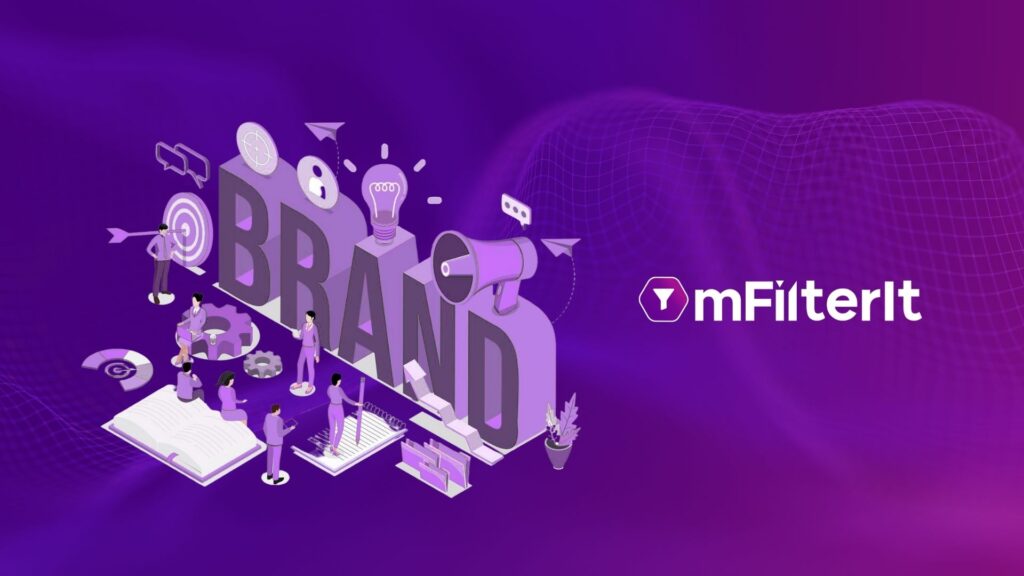Days of dreaming to own a Prada bag or a pair of Chanel pumps & Slingbacks for years are gone. Now, no need to worry about the death stares from the sales executives when you inquire about the price. Those fears weren’t unfounded either. The luxury eCommerce has opened the door for such dreams to turn into reality.
The digital commerce landscape is transforming. Luxury brands are also getting available online with exclusive offers to acquire a new range of customers, who are willing to get the taste of luxury items. India’s luxury eCom race is heating up with Fashion, Beauty & Personal Care product-specific eCommerce platforms. There is definitely a lot more to come, as the geographically widespread market is a perfect fit for online selling.
Let’s take a closer look at the elite items & brands reaching out to online shoppers.
Table of Contents
ToggleLuxury eCom Segment
The major benefactor of the growing online luxury segment is the Indian designers and global Luxury brands, who were exclusively available in stores only. The eCommerce marketplace variants exclusively selling luxury goods are penetrating the Indian market steadily and preparing their niche customer base. Names like Ajio Luxe, NNNOW.com, Darveys, Tata CliQ Luxury, and Nykaa.com are all opening the door of luxury brands and items to Shoppers who wish to add these to their luxurious lifestyles.
India’s $6 Billion luxury goods market is finally going digital. According to the Euromonitor International report, the Beauty segment is moving at a faster pace as compared to fashion. The 12.1 percent of super-premium luxury items in the beauty and personal segment are now getting sold through the eCommerce distribution channel. The number might not look much, but in terms of order value, it is quite significant. The Luxury fashion segment on the other hand is moving slowly as only 5.5 percent of designer apparel and footwear are selling online.
The pandemic shook the luxury industry hard but opened new avenues for selling beyond brick-and-mortar glamorous stores. The industry segments bank on the growing purchase capacity of millennials in tier-1 cities and fluttering expectations of new wealthy shoppers from tier-2 and tier-3 cities. The convenience and availability meet the needs of these shoppers.
Another factor that is driving luxury eCommerce is investment from conglomerates like Tata and Reliance. Tata owns Tata CliQ Luxury while Reliance sells Luxury products via Ajio Luxe. This appeals to Indian Luxury consumers and brands that feature on the eCommerce platform.
New Opportunities for Luxury Brands
India is on the verge of a Retail renaissance. As high-income individuals and consumer wealth is growing in India the Luxury segment is all set to expand its reach. Wealth spread across the cities reflect in the fact that according to Ajio Luxe – 60 percent of its orders are from outside the top 8 cities in India.
The target audience is expanding as more and more people aspire to buy luxury items. They might start with high-end luxury handbags and push a little higher the next time buy Salvatore Ferragamo handbags.
The Omnichannel approach to selling is also in place, offering personal service assistance recreating luxury brand store experience online. Loyalty programs, personalized service, luxury chauffeur delivery, exclusive guarantees, warranties, etc. are what enhance the customer experience. The brands need to respond to new Indian luxury consumers and optimize the brand performance, discoverability and track availability across luxury eCommerce platforms.
As the kind of services is highly personalized brands there can’t be much saved on that but brands can save on physical store costs on the high street or shopping places in the city and operate from a warehouse in one-fourth of the cost.
Optimizing Luxury eCom Retail
A wide range of categories is focused on by Online Luxury marketplaces. Every Luxury brand in various market segments is an established name itself. To those shoppers who know the brands and products all they look for is what’s new is launched this season. The key area to focus on here is the availability of an exclusive product range based on the personalized preferences of the customers.
For someone who is new to luxury products and brands, optimizing customer experience is key. As multiple brands of luxury items compete fiercely in the same space on the eCommerce platform, unlike a luxury store in an illustrious marketplace.
Online Luxury stores like Darveys push aggressively with a massive range in online fashion presenting more than 380 authorized sellers worldwide to Indian luxury shoppers. Setting discounts and pricing becomes crucial in the online luxury landscape as well, catering to Indian customers middle class or ultra-rich, discounts are a must. In the Luxury segment, these margins are really fine to hold the brand value. Even Labels like Balenciaga and Burberry are also warming up with offers exclusive to discounts to Indian customers.
Home Décor & Furnishings, Beauty & Personal Care, and Fashion & accessories eCommerce are the segments growing in the online Luxury shopping space, pumping a massive amount of order volume.
Nykaa, in the past year, has witnessed sales rise by 300 – 400 percent and expects next year’s gross merchandise Volume to be approximately $250 million. Exclusively venturing into the fashion market with a range of luxury products. The Competitor Tata CliQ Luxury is not far behind. They venture into home goods, beauty, and fragrances, along with exclusive fashion Luxury items. The products are a mix of Indian luxury labels along with global brands distributed in India.
They are trying to tap the emerging premium designers. Once the consumer moves into that price point, the glory days for Indian emerging labels will hit their stride. The Designer Label of Ritu Kumar can also be found on Tata CliQ Luxury’s ‘Indie Luxe’ vertical.
Fashion eCom Category Expansion
The most accessible category in the Luxury eCommerce is handbags & accessories featuring brands like Coach, Michael Kors, and Kate Spade, etc. These high-ticket pieces work like a bridge to the luxury category, bringing in more shoppers to other categories. Another growing category is a dedicated range of sneakers that attract a younger audience.
Every top e-commerce player is selling luxury beauty. For most Indians, fragrance and beauty are their first encounter with luxury.
In a niche market, the focus is on customer acquisition. Curation, the authenticity of the merchandise, and personalization are the key differentiators among top brands.
The majority of luxury products revenue still comes from offline stores, but the contribution from online stores and eCommerce marketplaces has certainly gone up to 6.5 percent in FY21 and is all set to reach 10.1 percent by FY25.
Final Thoughts
The eCommerce landscape is expanding to make luxury products more accessible to a larger number of people. High-prized luxury goods are something every person desires and aspires to own them. The luxury eCom segment is driving these aspirations with Luxury e-stores. International Fashion labels and brands like Jimmy Choo, Michael Kors, Salvatore Ferragamo, Armani, etc. along with Indian designer fashion houses are now in the Luxury eCom space. The only challenge remains are optimization of these product listings to become the top choice of new Shoppers.
The brand name might be good enough to build trust in the product but a good product description, and title holds its value on Luxury eCom. The pricing strategies need to be sharp with fierce competition among big names in the segments. The top labels and brands need to be on their toes to compete in the digital commerce landscape. Brands need to plug in mScanIt, digital commerce solution, which can empower them with actionable insights and analysis vis-à-vis competition across product categories, sub-categories, and geographies on luxury eCom platforms.







